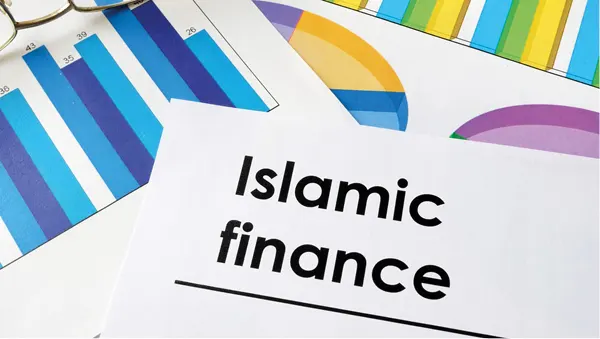Fitch Ratings has said that the Islamic banking market share was sizeable but had been stagnant over the past two years, accounting for just over a quarter of the sector by industry deposits (end-2023: 25.3%; end-2022: 25.8%) and financing (end-2023: 28.9%; end-2022: 29.2%).
Islamic banks’ liquidity-coverage ratio (LCR) tumbled to 58.7% at end-Q323 (end-2022: 87.7%; end-2021: 188.5%), below the 100% regulatory requirement and the 154.6% industry average LCR.
“This is partly due to the flight of deposits, governance issues and more lax prudential requirements for Islamic banks. However, liquidity profiles are showing signs of improvement, with some stabilization possible in 2024 and 2025,” reads the report.
In general, Fitch regards Bangladesh’s banking sector and its governance standards as “weak”.
Fitch downgraded Bangladesh to ‘B+’/Stable on 27 May 2024, reflecting weaker external buffers. There is a lack of precedents for default resolution for Islamic banks in Bangladesh and most key Islamic finance markets.
“It’s yet to be seen how bankruptcy courts treat Islamic bank defaults compared to conventional bank defaults, whether Mudaraba-based depositors – which are based on profit-and-loss sharing contracts – will have full recourse to banks, and if all depositors will be able to enforce their contractual rights in local courts.”
Mudaraba-based deposits made up about 80% of all Islamic banks’ deposits at the end of 2023.
Bankruptcy regimes in Bangladesh and most countries with prevalent Islamic banking sectors are still in their early stages, also remaining largely untested and underdeveloped.
Islamic banks’ excess liquidity – defined as total cash reserves minus required reserves with the central bank – rose by 43% over Q4’23 (to Tk11,100 crore).
However, excess liquidity fell by 13.7% over 2023. The deposit profile of the Islamic banking sector improved slightly from 2022-H1’23, when it faced sizable customer deposit outflows following loan irregularity reports. In H2’22-H1’23, Islamic banks received Tk96,000 crore through the Islamic Bank Liquidity Facility (IBLF) and Tk190 crore through the Mudaraba Liquidity Support from the BB.
In March 2024, the central bank announced that conventional banks’ Islamic banking branches and windows will be able to access short-term loans via BB’s IBLF, which was previously only offered to Islamic banks.
However, the shortage of Islamic liquidity management instruments continues.
Government’s Sukuk bond could serve as collateral for Islamic repo and enable Islamic banks to seek central bank funding, but are in low supply.— Dhaka Tribune










